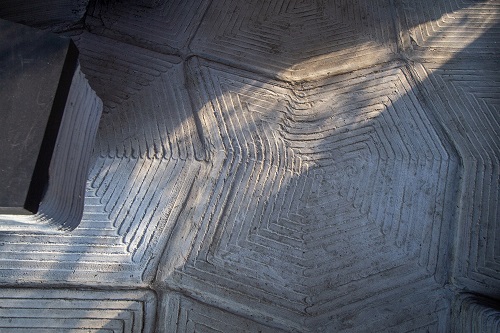 Wednesday, October 2, 2024
Wednesday, October 2, 2024  Wednesday, October 2, 2024
Wednesday, October 2, 2024 
Over a century ago, the invention of reinforced concrete ignited a similar quest to formulate an architectural expression for the new technology. Joseph Monier, a French gardener, held an early patent extensively utilized in whimsical bridges and landscape architecture. Auguste Perret later explored the material’s potential for civic and religious spaces. His office became a global center for architects interested in concrete modernism, attracting a young Le Corbusier and Turkish modernist Burhan Arif Ongun. In the 21st century, as 3D printing proliferates, Leslie Lok and Sasa Zivkovic — the duo behind architectural studio HANNAH and associate professors of architecture at Cornell University — are exploring the applications of 3D printing for concrete.
At present, automatization and 3D printing are comparably upturning conventions in the building industry with the promise of replacing mass fabrication with near-infinite customization. HANNAH’s investigation of the new material began with Additive Architectural Elements — a series of design experiments that poke at the ornamental and structural possibilities of this emerging construction process. The highly tactile Elements begins to answer what 3D printed concrete should look and feel like, probing its structural capacity and seeking an honest language that showcases the process itself.
The influence of Elements on the firm’s prototype 3D printed building, Ashen Cabin, is clear. Intense striations remaining from the printing and ornamental floor patterns reflect the variety of expressions in Elements, with a clear preference for corbeled structural forms that now compose the foundation of the cabin. It is not surprising that HANNAH’s designs are, among many others, inspired by Brutalism’s honest and explicit use of material.
Check out more news below: